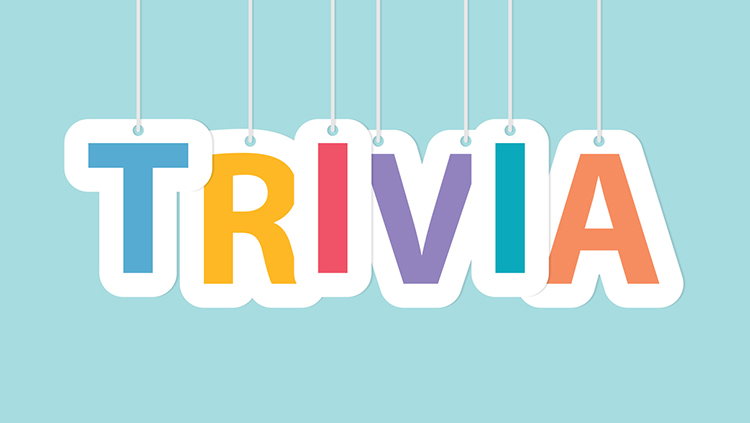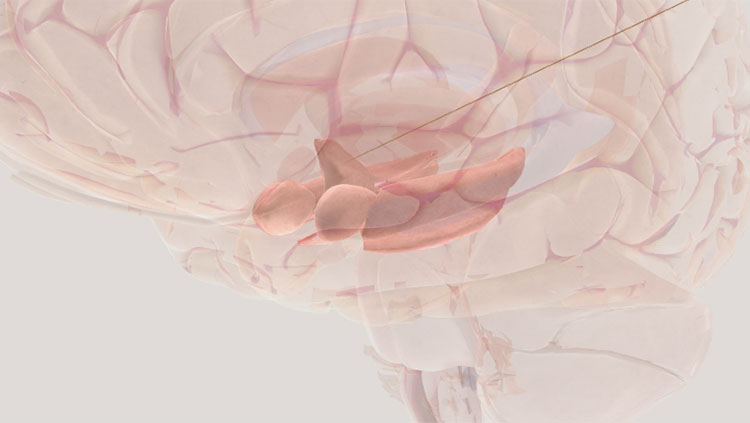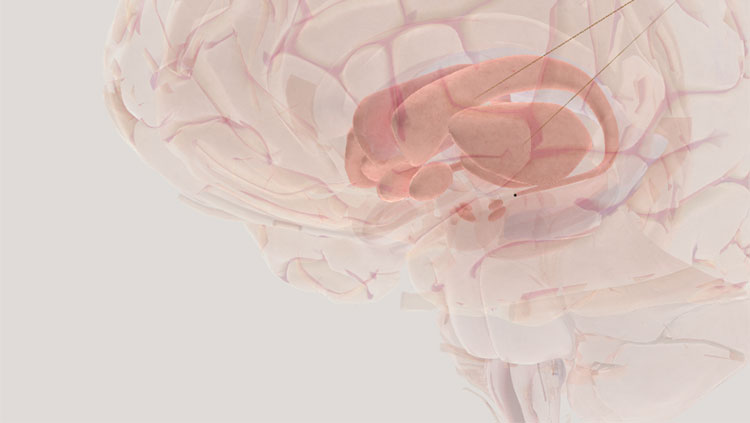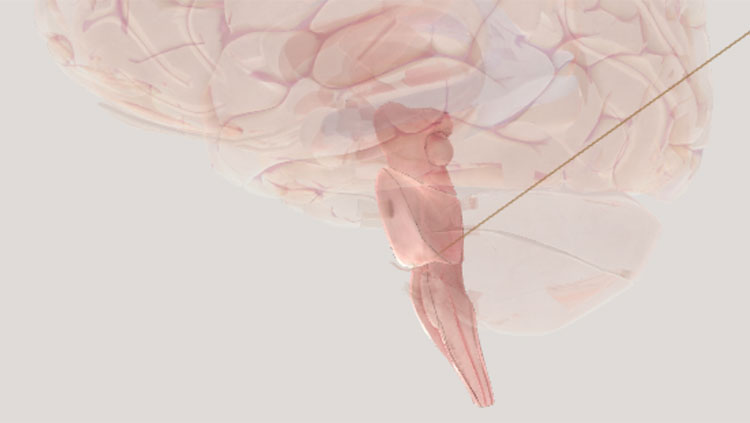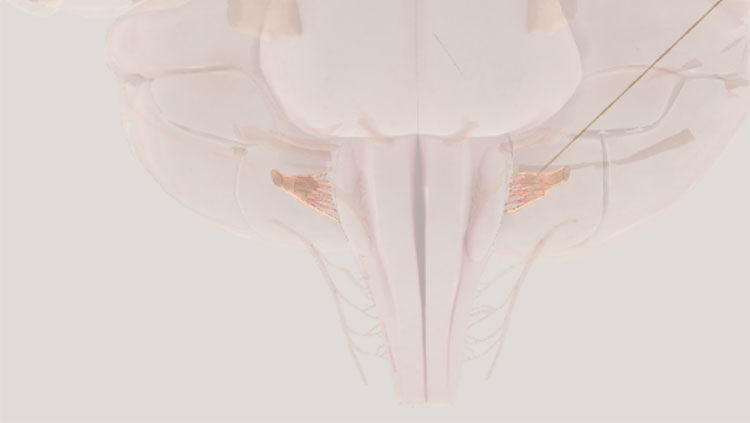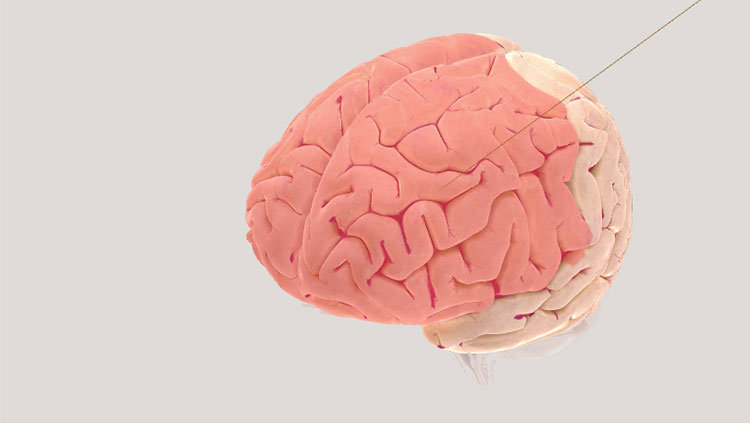Research & Discoveries Presentation
- Published18 Aug 2016
- Reviewed18 Aug 2016
- Author Emma Lindberg
- Source BrainFacts/SfN
Students will research a landmark neuroscience discovery and learn how it has advanced our understanding of the brain and created promise for treating neurological disorders.
Click the buttons at the bottom of the lesson plan to download a rubric and assignment sheet for the students.
Synopsis
Students will work individually to research one of the Research & Discoveries topics. Article topics range from stem cells, to brain scans, to epigenetics.
Upon completing their research students will give an oral presentation on their topic. This can include a poster, a PowerPoint presentation, or a class handout.
Objectives
At the end of this activity students will:
- Be able to research a scientific topic
- Be able to clearly and concisely explain a research topic
Teacher Background
Research & Discoveries chronicles examples of curiosity-driven research advances that are creating promise for the treatment of neurological and psychiatric disorders.
Basic research advances scientific knowledge and medical innovation by expanding understanding of the structure and function of molecules, genes, cell, systems, and complex behaviors. Clinical researchers exploit these findings and identify new applications that lead to medical treatments.
Integration Into Curriculum
- Health
- Biology, AP Biology
- Anatomy and Physiology
- Engineering
- Computer Science
Topics Include
- Neurogenesis: An Overview
- Stem Cells: An Overview
- Dopamine and Movement
- Myelin: An Overview
- Oxytocin: Bonding, Birth, and Trust
- The Blood-Brain Barrier
- Brain Scans: Technologies That Peer Inside Your Head
- The Molecules That Maintain the Brain
- Disease-Causing Proteins
- Electrifying the Brain
- Mapping the Air
- Critical Periods
- Illuminating the Brain
- Epigenetics
- Brain Machine Interface
- Fear and Post-Traumatic Stress Disorder
- Vision and Gene Therapy
- Obesity and the Brain
- Nicotine Addiction
- Toxins and Venoms
- Light Molecules
Directions
- Direct your students to the Research & Discoveries page.
- Have students review each of the 21 topics and ask them to list 3-5 of their favorite articles on the student sheet.
- Ask each student to write a short summary about why they chose their 3-5 three articles. Collect their answers and review them.
- Assign each student one of the Research & Discoveries topics based on their lists. Do your best not to double up on any of the topics. The fewer students per topic, the more unique each presentation will be.
- Have the students read and take notes on their Research & Discoveries article. These articles will help them shape their oral presentation.
- Ask the students to construct a bibliography of at least five scientifically vetted resources. This can be done in APA, MLA, or Chicago format. Suggest students read related articles on BrainFacts.org, research their topic on Google Scholar, or reference their course texts.
- Ask students to prepare a script for their oral presentation. It is suggested that oral presentations last no more than five minutes. Their script should cover the historical context of the research discovery, how the discovery advanced understanding of the brain and nervous system, as well as how the discovery is informing treatment for neurological and psychiatric disorders. Using outside sources students will be able to better build out their timeline, as well as find new or developing health implications.
- Encourage students to incorporate a visual aid into their presentation. This could be in the form of a PowerPoint presentation, a poster, or a class handout (e.g., flier, brochure, etc.)Upon completing their oral presentation have students hand in either their presentation outline or their notes about their research topic.
- Suggestions on how to grade oral presentations and notes are provided in the rubric.
Alternatives
- Include a short research paper assignment to compliment the research topic. Have students write a 3-5 page paper on their chosen Research & Discoveries topic that will be turned in on the day of their oral presentation. This assignment would be in the place of notes or a script.
- Ask your students to create a two minute oral presentation based on their chosen Research & Discoveries topic alone. They will not have to find outside sources.
Educator Evaluation Rubric: Download
PDF file, 312 KB
Student Assignment Sheet: Download
PDF file, 297 KB
CONTENT PROVIDED BY
BrainFacts/SfN
Also In For the Classroom
Trending
Popular articles on BrainFacts.org



